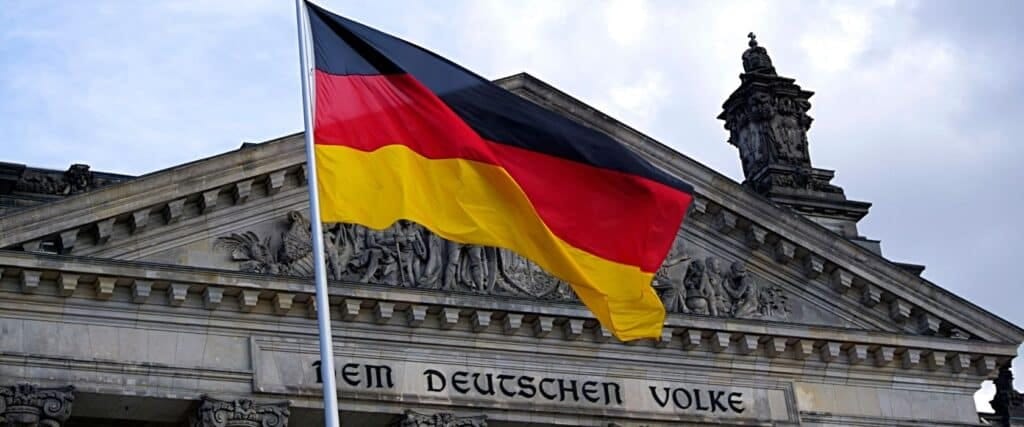The rise & resilience of the most disruptive economy in the world
China is considered the most disruptive economy on Earth. That’s because of its rapid economic growth, technological innovation, and growing middle class. In this article, we explore the key drivers of China’s economic disruption and its impact on education in the country.





